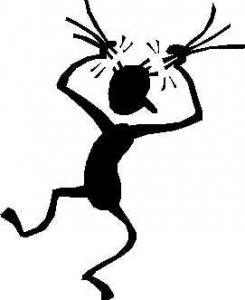Dreamer_D
Super_Ideal_Rock
- Joined
- Dec 16, 2007
- Messages
- 25,518
This topic has come up before and not a single PS expert has ever said that flour negatively affects optics in all but the *most rare* cases.Date: 6/21/2010 6:59:46 PM
Author: Isabelle
Hi Dreamer! I respect Stone''s knowledge but I have to say that I have read literature from very respected parties that claims strong fluor does negatively affect a diamond''s appearance. So at a minimum, experts disagree on the negative effect of fluor on the diamond''s appearance. Everyone seems to agree that it hurts the diamond''s value in the market. To me, those are red flags. But I''m happy to acknowledge that any given diamond can only really fairly be evaluated with the eyes since John, David and Stone all say these diamonds can be beautiful, again depending on the stone in question.









300x240.png)